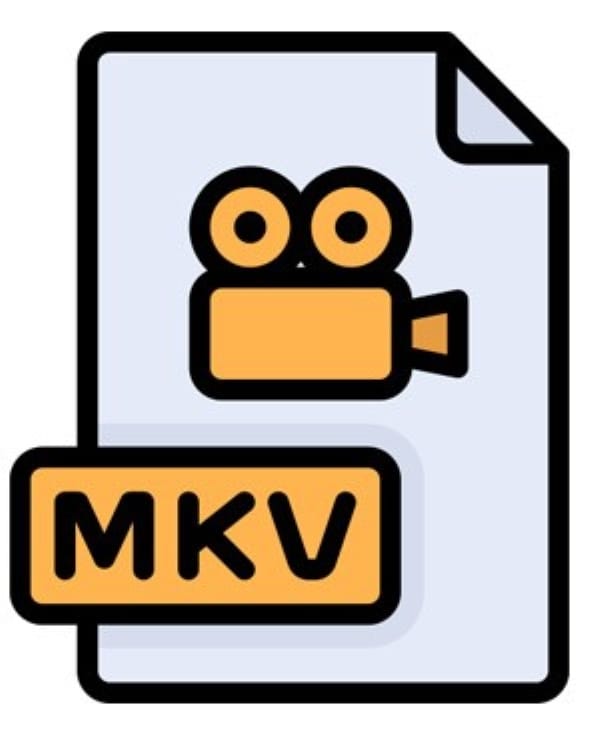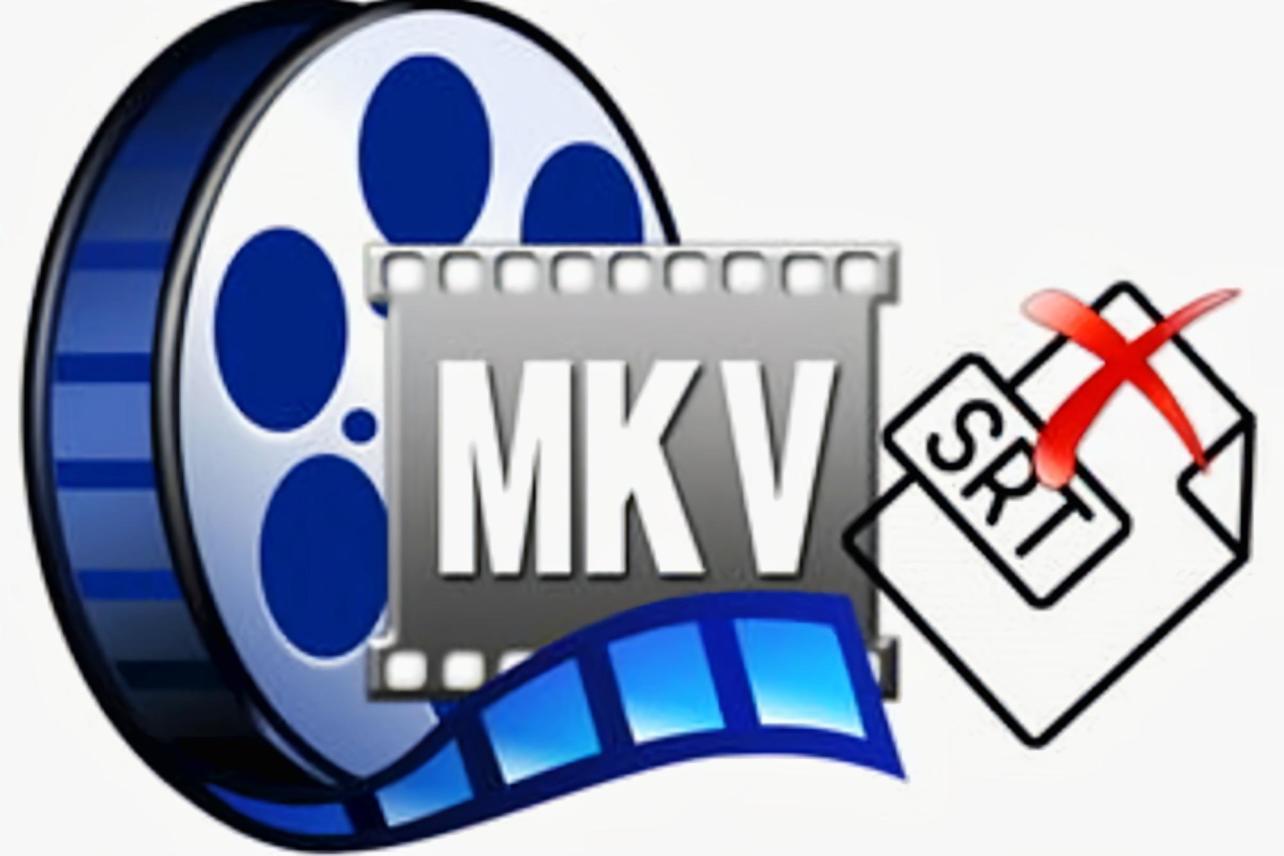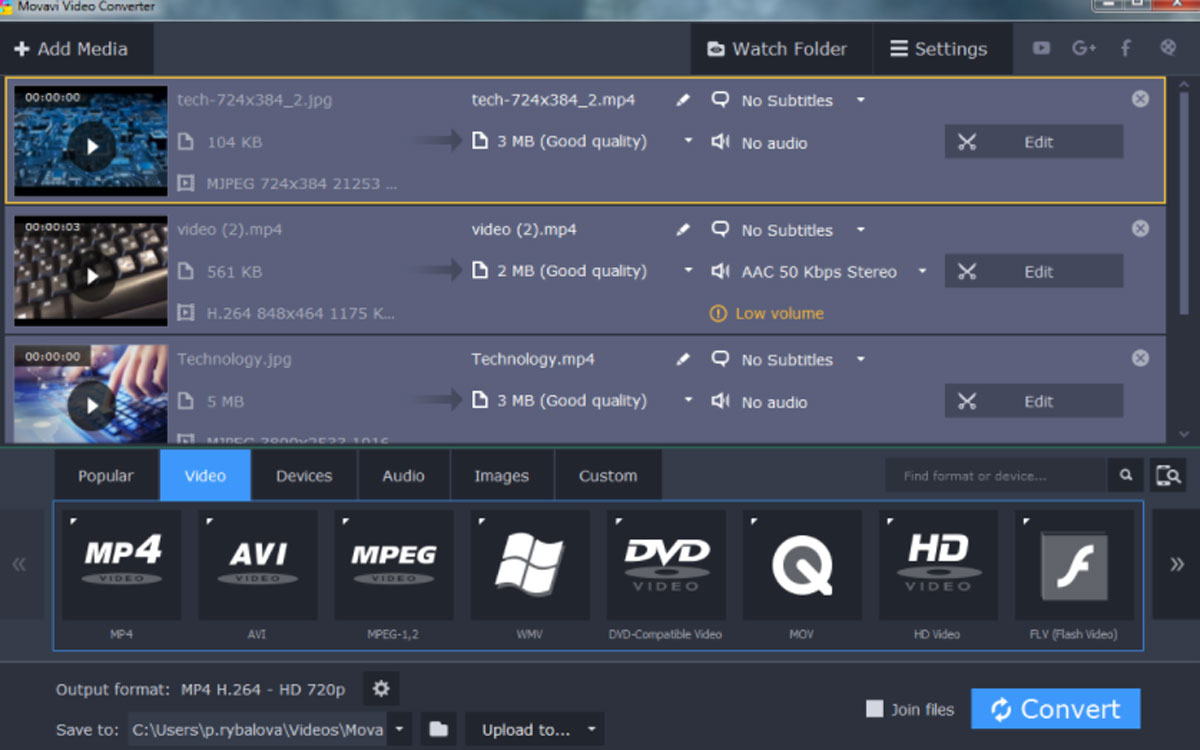MKV Files: Download, Play, & Convert | Your Ultimate Guide
Do you find yourself frequently encountering MKV files, whether from online downloads or shared media? The Matroska Multimedia Container, or MKV, has become a dominant force in the world of digital video, offering unparalleled flexibility and quality.
The ubiquitous nature of MKV files stems from their versatility. Unlike older container formats like AVI or MP4, MKV is an open standard, allowing for a virtually limitless number of video, audio, picture, and subtitle tracks within a single file. This makes MKV an ideal format for preserving the complete content of a video, including multiple audio tracks in different languages, subtitles, and even chapter markers.
Understanding the MKV ecosystem means grasping its core components. At its heart, MKV is a container format, similar to the way a ZIP file holds multiple files. Within an MKV file, you'll find the actual video and audio data, encoded using various codecs. The container itself is responsible for organizing these different elements and presenting them to the user for playback. This structure allows for complex video and audio content to be packaged into a single, easily managed file.
MKV's adoption has been fueled by its flexibility and the proliferation of high-definition content. Whether you're downloading a Blu-ray rip, streaming a movie, or creating your own video projects, MKV provides a robust and versatile container for your media. Its ability to handle multiple audio and subtitle tracks makes it a favorite for preserving original language options and accessibility features.
One of the key advantages of MKV lies in its support for a wide range of codecs. Codecs are the software that encodes and decodes video and audio data. MKV can accommodate almost any codec, ensuring compatibility with various video sources. This versatility is crucial in a world of constantly evolving video technology, as it allows MKV files to remain relevant even as new codecs emerge.
The Matroska project itself is a testament to the power of open standards. The project provides open-source libraries for analyzing and playing back MKV files under the BSD license, fostering innovation and collaboration within the community. This open approach has led to the development of a wealth of tools and players that support MKV natively.
For those seeking to work with MKV files, a plethora of software options exist. One of the most popular tools is MakeMKV. This software, available for Windows, macOS, and Linux, is designed for converting video clips from proprietary discs into MKV files. MakeMKV excels at preserving the original quality of the content, without re-encoding, making it a great choice for backing up your disc collection.
With MakeMKV, you can select specific titles and tracks to save, allowing you to customize your MKV files to your exact needs. Detailed information about each item, such as its type, size, and codec, is readily available, empowering you to make informed decisions about what to include in your final MKV file. Simply press the "Make MKV" button once you've made your selections.
It is worth noting that while MakeMKV is generally reliable, users may encounter issues when processing TrueHD streams from MKV files. Additionally, the software includes improved handling for discs with mastering errors.
For mobile users, the landscape of MKV playback is also well-developed. On iOS, applications such as VidHub and Infuse allow you to directly play MKV files without conversion. These apps offer a seamless way to enjoy your MKV content on the go. The steps to play MKV files on iPhone using VidHub are simple: download and install VidHub from the App Store, and then add your local video files.
MakeMKV is a format converter, otherwise called transcoder. It converts the video clips from proprietary (and usually encrypted) disc into a set of mkv files, preserving most information but not changing it in any way. You can select which titles you want to save and what tracks to keep in each title (use right mouse button to ease selection of multiple items). For each item you can see detailed information such as item type, size, length, codec, language and so on. After you've selected what content you want to save, just press the make mkv button.
Beyond MakeMKV, many freeware players offer native MKV support. VLC Media Player, available for Windows, macOS, and Linux, is a popular choice. It is a versatile and reliable option that supports a wide variety of formats. MPlayer is another free player offering MKV support.
For online conversions, many tools are available that allow you to convert MKV files to MP4. These tools often offer the best quality.
The MKV format's flexibility has made it a favorite on the internet and a preferred file extension for HD video. MKV is also known as a multimedia player that can be downloaded for free. It is simple to use and comes with all the basic features you would expect a player like this to have. It can open your most common video file and audio file formats, such as mp4 files and mp3 files.
The use of media players on Windows and Mac operating systems is made easy with the availability of MKV file format. The use of MKV file on windows 10 requires that the media player must support high-quality video codecs.
The open-source nature of MKV means that developers have the freedom to create tools and players that can handle the format. This has led to a thriving ecosystem of software, giving users a wide range of choices for working with their MKV files.
Understanding MKV, its strengths, and the tools available to work with it is essential for anyone involved in video consumption and creation.
Mkv (Matroska Video) is a video container format, developed in 2002 by Steve Lhomme, a Russian programmer. At the time, the digital entertainment industry was booming, and people needed more flexible, high-quality media file formats. Mkv emerged to provide an open
| MKV File Format: At a Glance | |
|---|---|
| Full Name | Matroska |
| Type | Multimedia Container Format |
| Developed by | Steve Lhomme (Russian Programmer) |
| Initial Release | 2002 |
| Key Features | Supports unlimited video, audio, picture, and subtitle tracks; Open standard; Wide codec support; Flexible and adaptable. |
| Common Uses | Storing HD video; Preserving multiple audio tracks and subtitles; Archiving movies and TV shows; Streaming media. |
| Advantages | High quality; Flexibility; Open standard; Broad compatibility; Future-proof design. |
| Disadvantages | Can be larger in file size compared to some other formats. |
| Software Support | VLC Media Player, MakeMKV, MPlayer, and many others |
Matroska Official Website
In conclusion, the Matroska (MKV) video file format has become a versatile and important standard in the world of digital media. Its flexibility, open nature, and broad support from software and hardware make it a reliable choice for anyone working with digital video.


